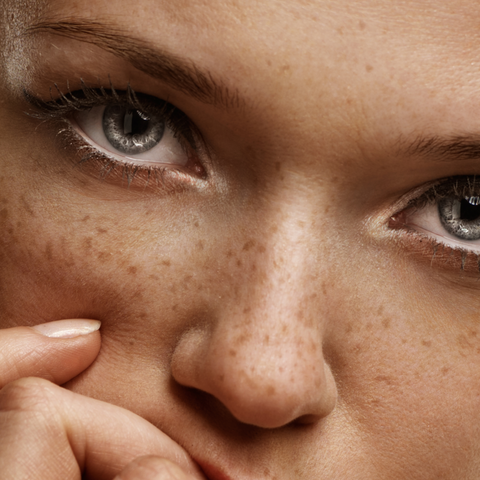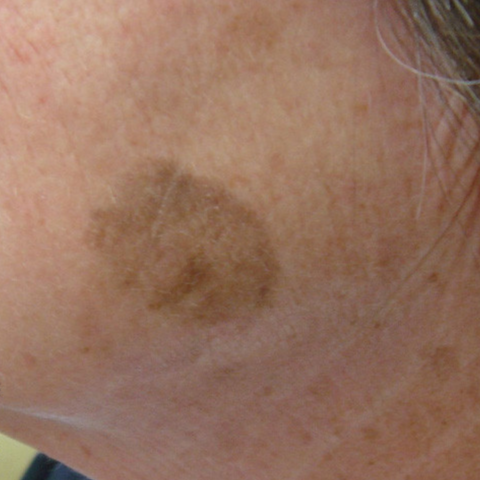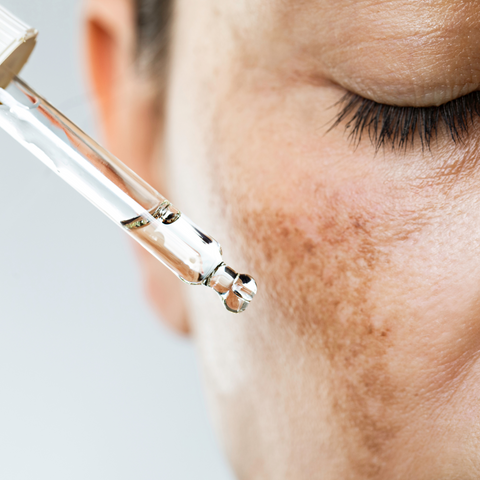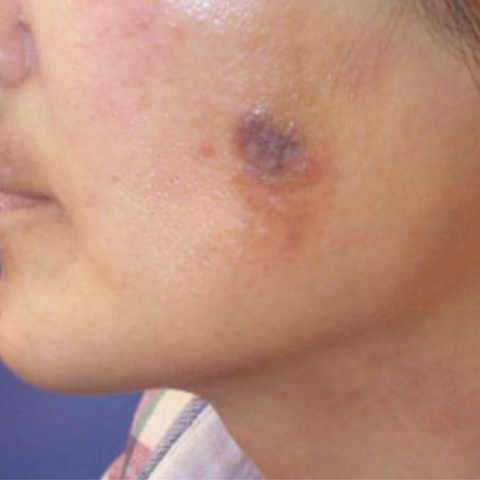WHAT IS PIGMENTATION?
Pigmentation refers to the colour of our skin. Melanin is what gives colour to our hair, eyes, and skin and is produced by a specialised type of cell known as melanocytes. The more melanin there is in our skin, the darker it will appear.
Skin with pigmentation, determined by the body's melanin production, dictates skin color. Melanocytes in the skin's epidermal layer produce two primary melanin types: eumelanin and pheomelanin. The balance and concentration of these melanin define the skin's color and overall pigmentation characteristics.
DOES SKIN PIGMENTATION GO AWAY?
Most dark spots gradually fade away over time, although the process can be lengthy. Skin injuries often result in dark spots or patches, which diminish as the wound heals. The key to reducing hyperpigmentation on face is to avoid further skin injury, allowing the natural fading process to occur.











